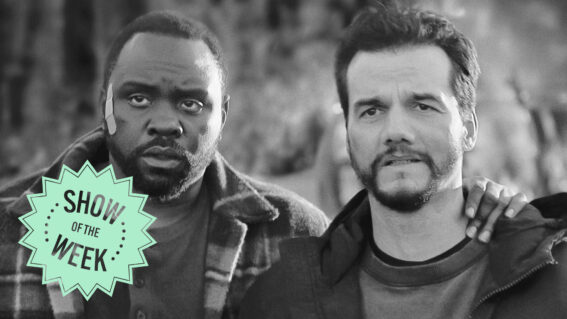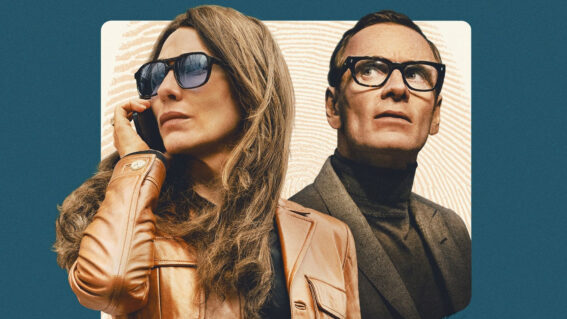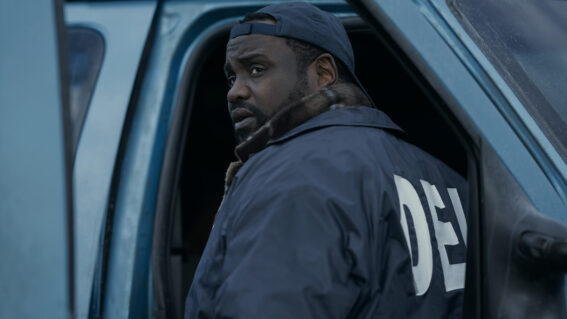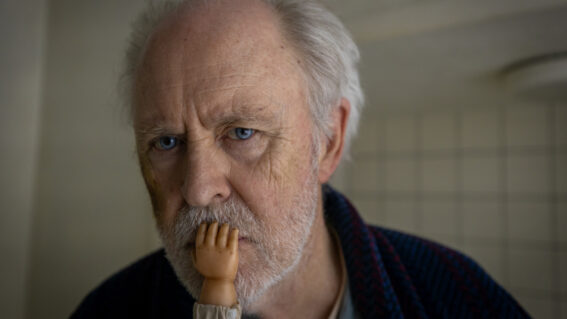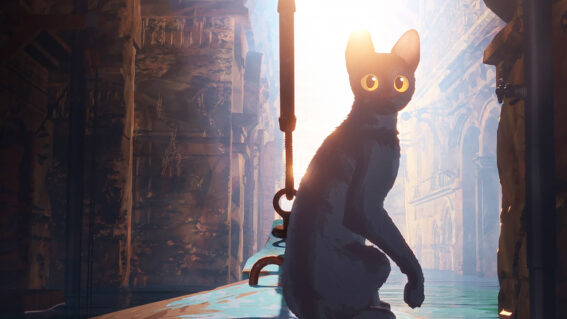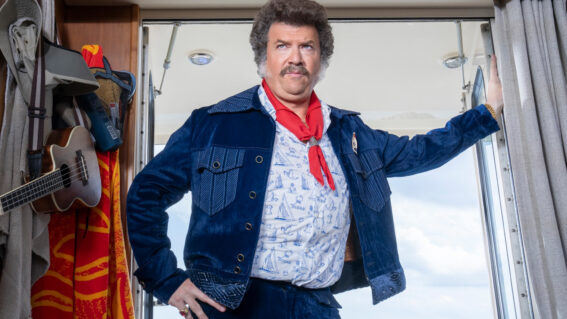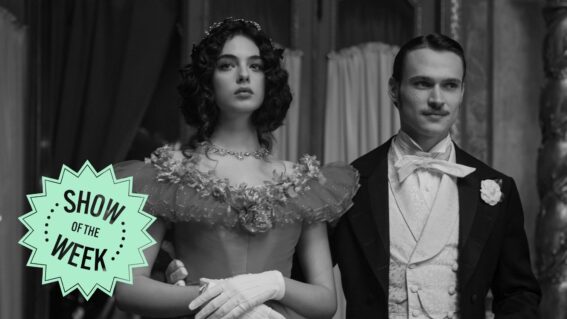I Kid You Not: Wizards is violent, potty-mouthed, and definitely a children’s film
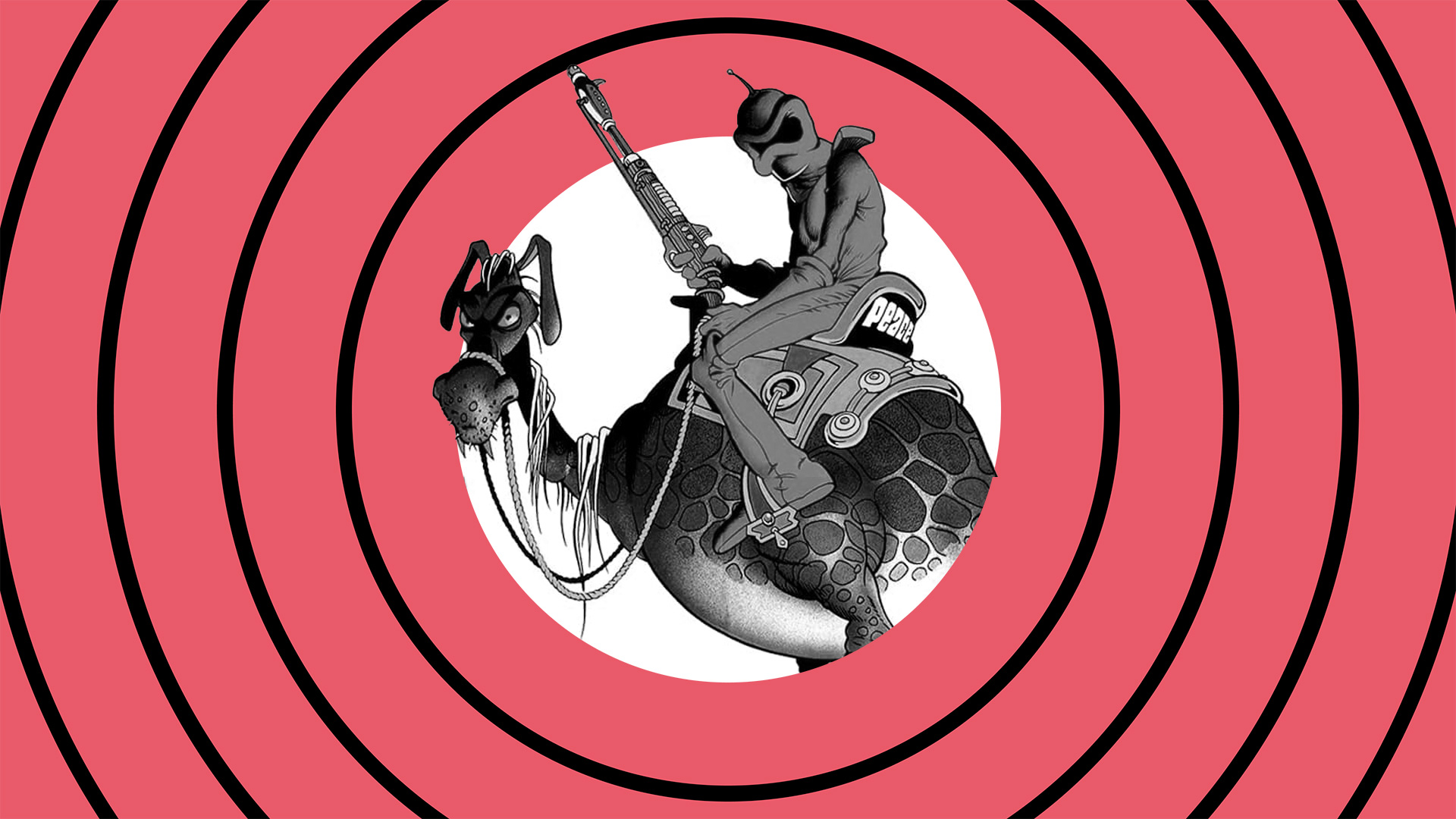
Who said family films aren’t cinema? In his column I Kid You Not, Liam Maguren critically evaluates the excellence in kids flicks and writes them into the history books. Here, he looks back on Ralph Bakshi’s violent, potty-mouthed, but still technically a kids film Wizards.
Brutal stabbings. Erect nipples. Actual footage of Nazis. Our hero calling the villain a son-of-a-bitch. Kids will see all this and more in PG-rated family film Wizards. Assuming you don’t shield their eyes from it.
Released in 1977, Wizards is a fantasy adventure intended for families but would most likely stir parents into moral panic today with its depiction of violence, sexuality, and profanity. The premise sounds innocent enough—a wizard in a land of elves and fairies must stop his evil brother from achieving world domination—but anyone who gives this film more than a minute of their time will see just how hard it goes.
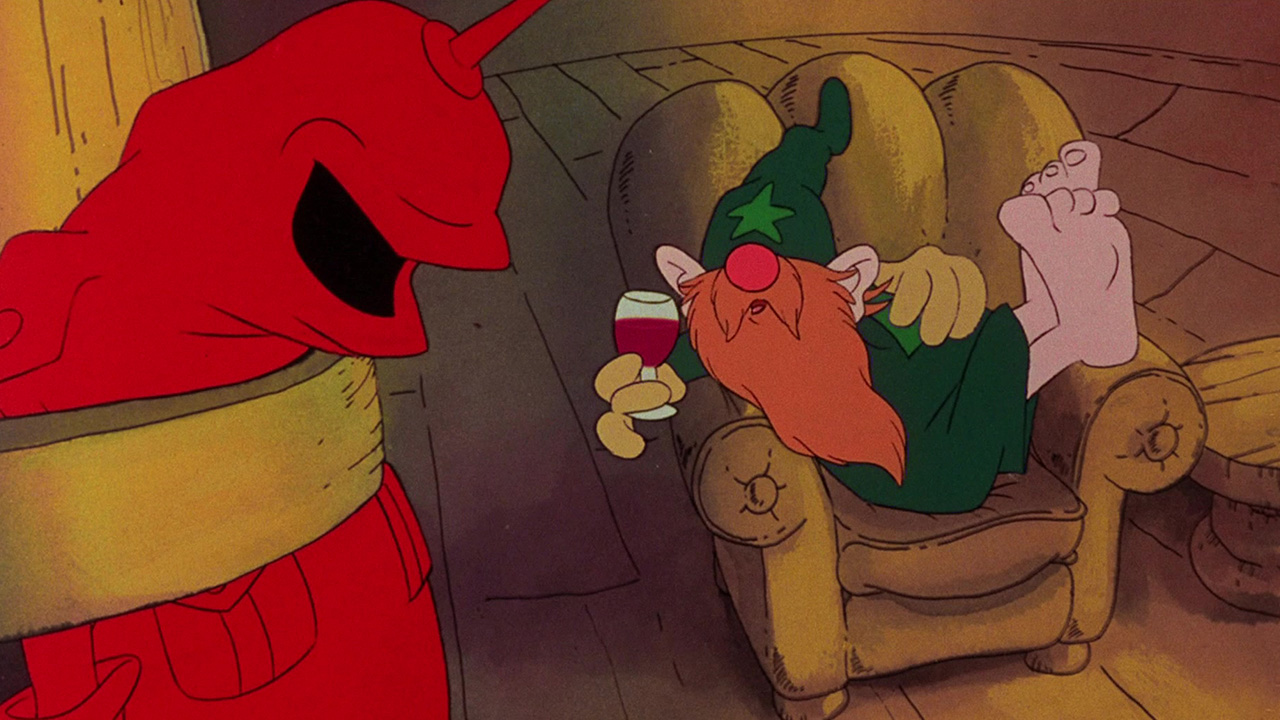
The story takes place in the distant future. Technology has withered, allowing magic to thrive again. Main villain Blackwolf threatens this harmony when he unearths a bunch of old tech including guns, tanks, and—most dangerous of all—a film camera loaded with Nazi propaganda. The fate of the world rests on the shoulders of his hippy brother Avatar, fairy Elinore, and elf Weehawk.
Wizards conjures some intriguing ideas. The thought of someone influential digging out Nazi ideals from the grave it belongs in feels sadly pertinent today, as does the theme of technological overabundance and its effect on the soul. The story never ties these ideas together in a fulfilling way, however, muddying its meaningful messages with a messy narrative that loses its place too often.
None of this will surprise anyone familiar with the works of Ralph Bakshi, the enigmatic filmmaker who could be considered the anti-Disney. Prior to Wizards, Bakshi made himself known with very adult, politically charged films that challenged social norms—including the idea that animated films were just for kids.
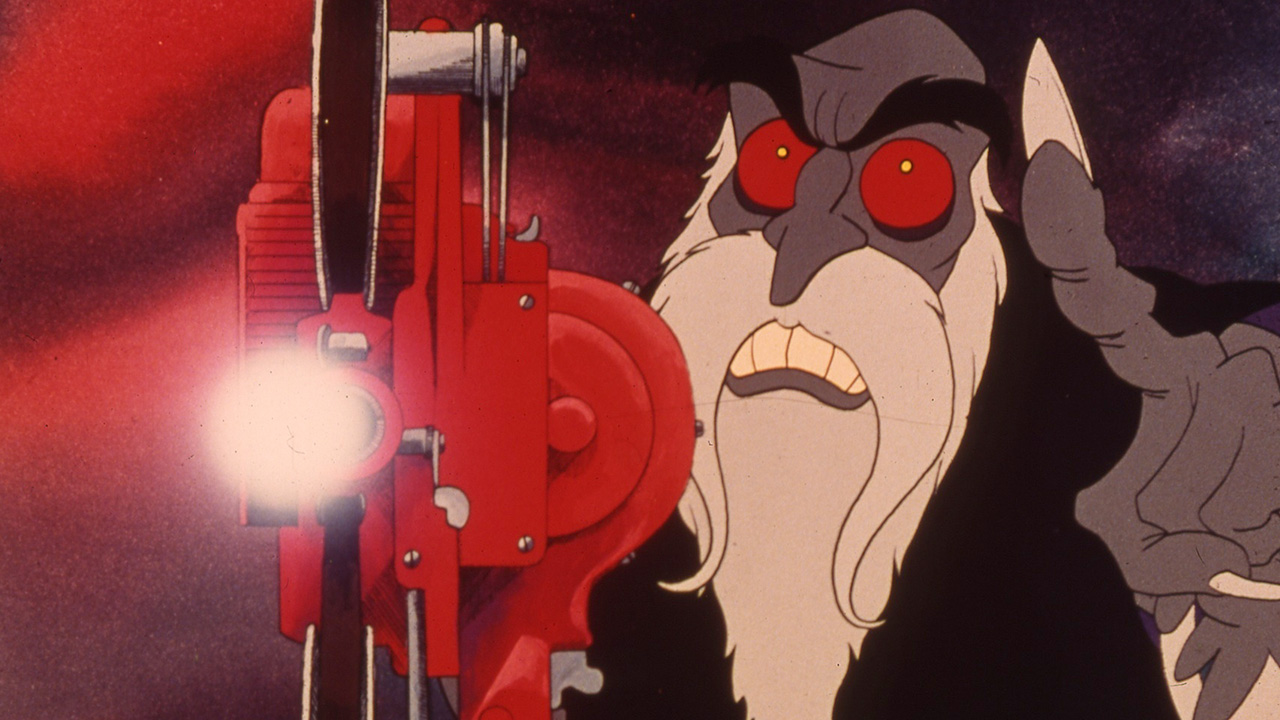
Some may say he overcompensated with films like Fritz the Cat, Heavy Traffic, and (bear with me here) Coonskin going to extremes that even fully-grown adults found difficult to swallow. There are a lot of instances of profanity being used for profanity’s sake, shaken vigorously by Bakshi’s scattershot style of storytelling. But he also delivered hard truths especially when it came to America’s discriminatory attitudes, his time as a Jewish boy growing up in a Black neighbourhood during times of segregation reading loud and clear in his stories.
It tracks, then, that Wizards can feel both socially conscious and difficult to accept as a family flick. One character yells “Slut!” Another’s shot square in the head with a bullet. Elinore’s so scantily clad, I don’t feel right uploading an image of her to this article. Ignoring the somewhat incredible fact that it’s still rated PG, many will conclude that Wizards isn’t a kids film at all.
But appropriateness doesn’t define a kids film—intention does. And it was always Bakshi’s intention to give kids a grittier experience with Wizards.
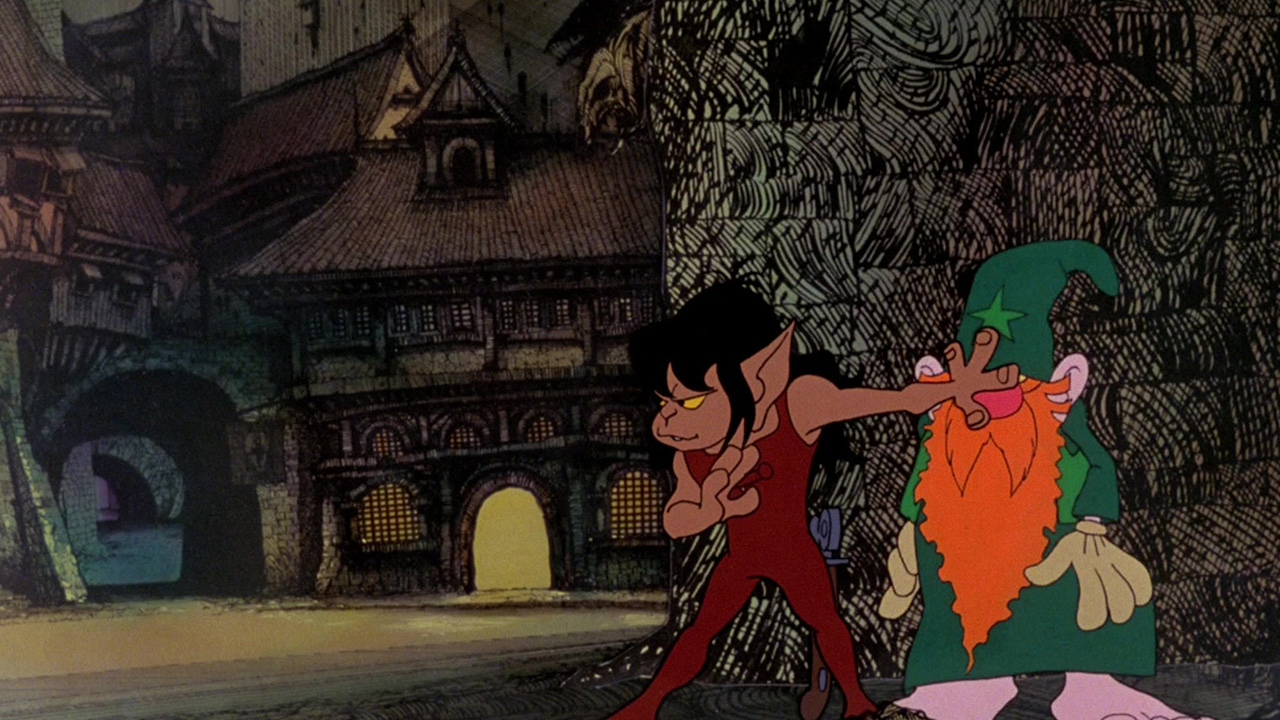
In one of the only DVD interviews he did, Bakshi explains how he wanted to make a film that “had heart and talks to kids in a real way.” Always one to talk trash at the sanitised nature of Disney films, he challenged young audiences just like he challenged adult audiences.
With hindsight, it’s easy to say Bakshi could have pulled back a little (or a lot) and still had a film that didn’t talk down to kids. But to be fair to Bakshi, his film came out in an era full of darker movies aimed at children—a period that lasted for years with family-friendly nightmare fodder like Return to Oz and The Black Cauldron coming out almost a decade later (both Disney properties, by the way).
As shockingly inappropriate as Wizards feels by today’s standards, there’s also something endearing and admirable about its desire to give younger audiences a grittier experience. Nowadays, such a move isn’t seen as profitable. Parents pay for the movie tickets, after all. If there’s even a sniff of something they deem inappropriate for their children, they won’t fork up. Family films—particularly animated ones—cost a lot of money, so such risks are rarely taken. It’s a lot safer to pour millions of dollars into a bright, fluffy, recognisable, and conflict-free experience like 2023’s Super Mario Bros.—especially when such films dominate the box office.
Fortunately for Wizards, one of Bakshi’s biggest talents was an unwavering ability to get over animation’s humungous budgets and production demands. Taking on the big D at a quarter of the price tag, he implemented some clever cost-cutting measures early on like skipping pencil tests and giving the horse creatures two legs instead of four to make them easier to animate. While it may not stand up to Disney’s extremely high standards on a technical level, it certainly stands apart with rough-as-guts animation and designs that help sell this distant world.
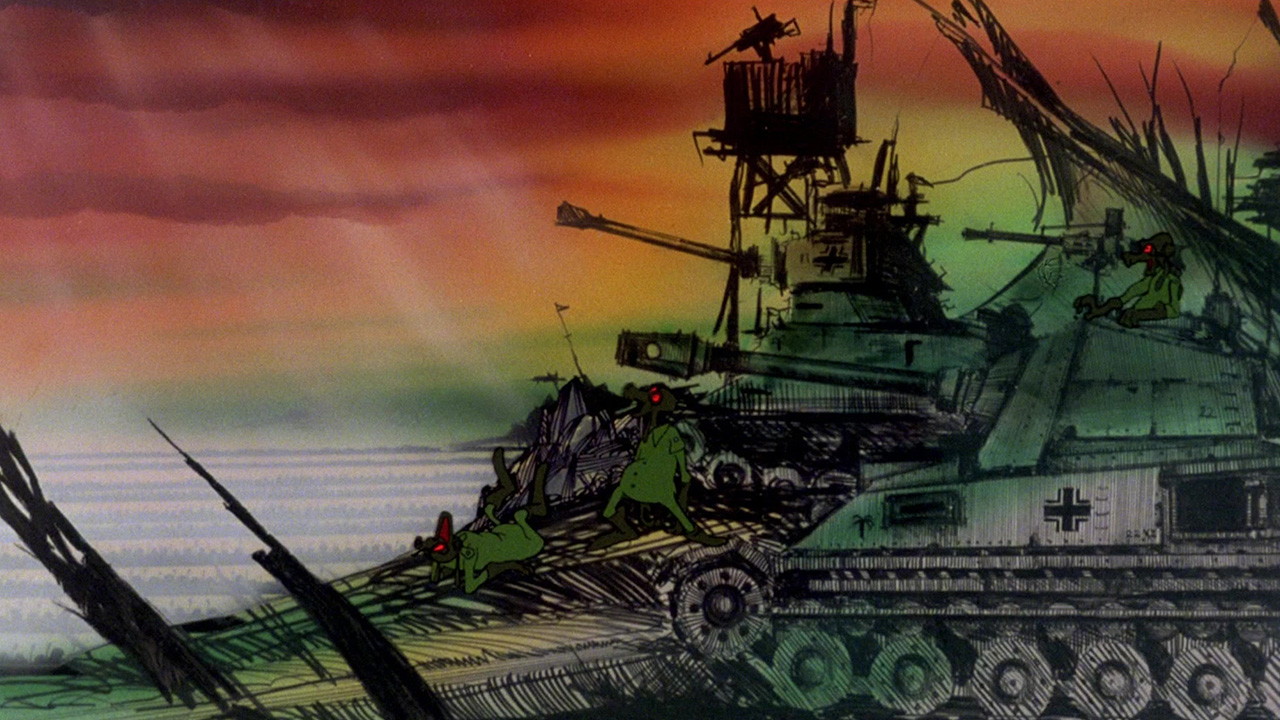
In that same DVD interview, he goes into detail about having no money to finish the fight scenes and how his dirt-cheap solution—rotoscoping real battle sequences—not only led to the film’s wildly surreal climax but also inspired the approach to his version of The Lord of the Rings. He’d revisit the technique two more times with American Pop and Fire and Ice.
None of this should be seen as me trying to convince you to let your kids watch Wizards. You have your own sensibilities. Kids do, too. A lot of them won’t be ready to see something darker, more violent, and with curse words.
However, others will be, and there’s plenty of room for kids films that accommodate that. While I doubt there will be another one as extreme as Wizards, the film stands as a bold reminder that challenging kids films should have a place in cinema.
It’s easy to forget that a lot of kids want these edgier experiences, too. Who do you think made the Five Nights at Freddy’s movie a huge success?



